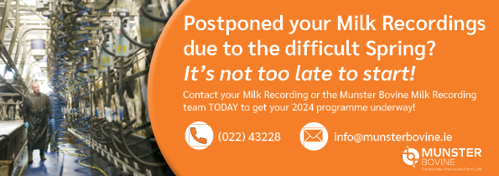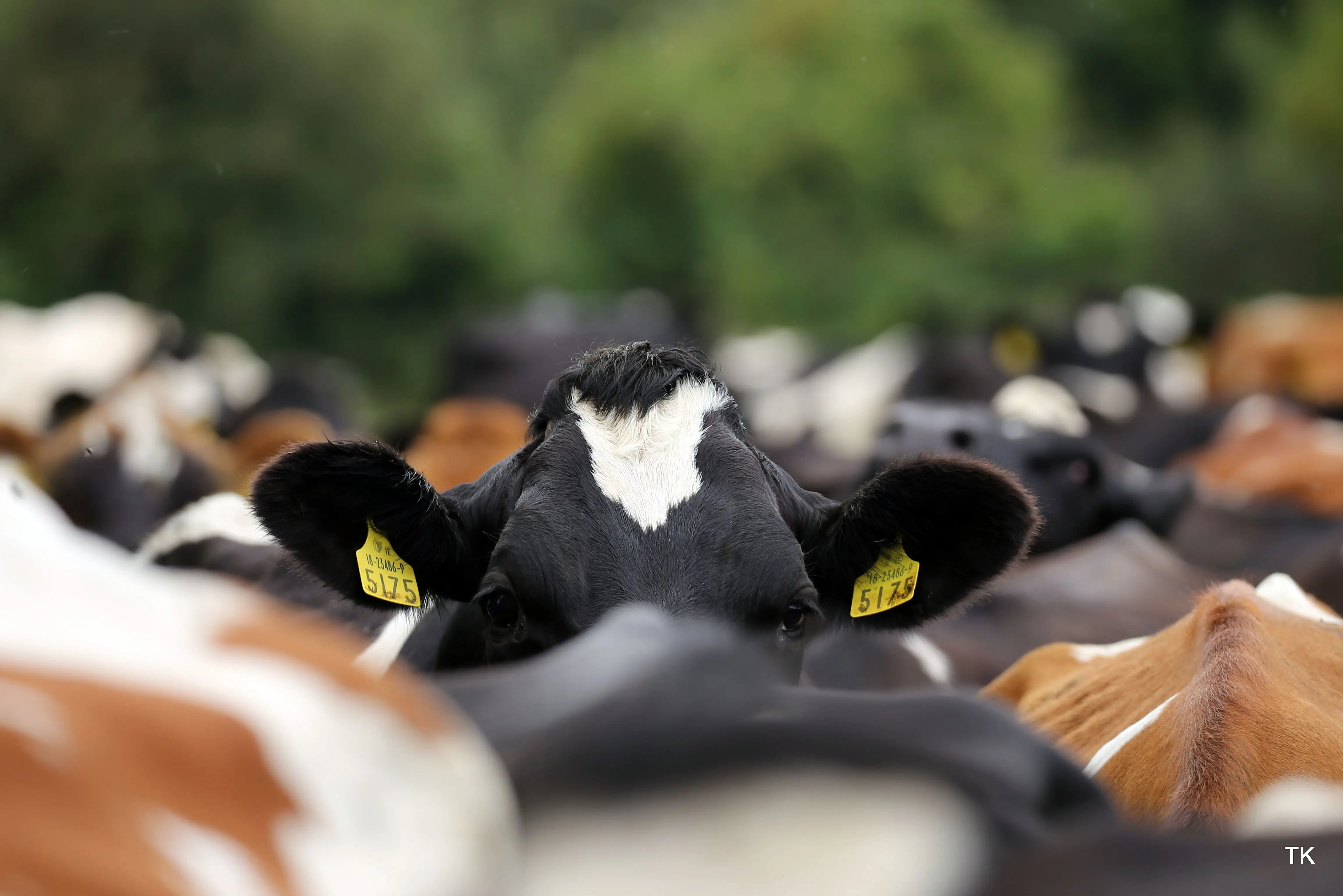News
Ensuring Sufficient Bull Power to Avoid Calving Lull 2025
At this stage of the year, the breeding season is underway on most farms. To achieve a compact calving pattern next spring, reproductive performance needs to be closely monitored now and for the duration of the breeding season.
Accurate and efficient heat detection is essential to ensure that breeding targets are being met. If pre-breeding heat detection was carried out, any cow that is greater than 35 days calved and not seen cycling should be examined for issues which may prevent her from coming in heat such as poor BCS (body condition score), lameness or problems around calving such as milk fever, retained afterbirths etc. These issues should be addressed now to ensure that these animals have the best chance of being retained in the herd.
Once mating has commenced, the target is a 90% submission rate in the first three weeks of breeding. This means that three weeks after the mating start date, 90% of eligible cows (cows calved greater than 35 days at the start of the breeding season) should have been bred. Achieving a high three-week submission rate is a critical driver of fertility performance in a seasonal calving system. If this target is not being met it is important to understand why. Heat detection should be reviewed to ensure that heats are not being missed. If heat detection aids such as tail paint, scratch cards etc. are not being used, now is the time to add these. BCS and nutrition are also key drivers of herd fertility performance so these should be reviewed as well.
Once the first three weeks of breeding is complete, the level of mounting activity in the herd will be decreasing. The intensity of heat detection should be increased at this stage. Keep a close eye on your records to see which cows are due back in heat, this will improve your heat detection accuracy. The target at this stage is that 55-60% of cows which have been bred in the first three weeks will not be presented for breeding again (non-return rate). It is important to remember that non-return rate is not the same as conception rate, as pregnancy has not been confirmed in these cows, however, the non-return rate can be an early indicator of low conception rates.
A common pitfall seen in many herds is a lull in calving coinciding with the end of A.I. This can happen for several reasons. Firstly, it can take time for bulls to settle into a routine once they have been left off with the cows. To prevent this, insemination should continue for 10 to 14 days after bulls have been released.
Another issue which is often seen is a lack of ‘bull power’. Many herdowners underestimate the number of bulls they need for the number of empty cows they have. One young bull is needed for every 10 empty females and one mature bull for 20-30 empty females. If more than two cows are in heat per mature bull on one day, then these should be inseminated, this is particularly important to remember for herds that are using synchronization protocols. Following synchronization, repeats will all occur in a short period, 18 – 24 days post synchronised AI.
If the herd has good heat detection practices and accurate record keeping, the number of potentially empty cows can be calculated. Insemination should continue until the number of potentially empty cows matches the number of bulls available for breeding.
FarmOps is a useful tool for recording your fertility information. Once you record your information here the app will track your progress and will provide you with information, daily, on the cows which are expected in heat, cows due to repeat, animals not served, potentially empty cows and the number of stock bulls required.
Once bulls have been released there can be a temptation to sit back and relax. However, a bull that is underperforming can have a detrimental effect on your calving pattern next spring.
Throughout the breeding season bulls should be closely monitored for signs of lameness, injury or illness, especially increases in temperature. If any issues arise, the bull should be rested and treated accordingly. Before reintroducing these bulls into the breeding program, their fertility should be retested. Some bulls may not recover for the rest of the breeding season.
Bulls need to be closely monitored for any change in BCS (body condition score). Bulls that rapidly lose weight, greater than 50kg, over a short period of time go sub fertile. Young bulls in their first season need to be fed as they are still growing and so need this extra energy. They also use more energy courting than mature bulls.
Observe the bulls to ensure that they are serving correctly and monitor the bull’s performance throughout the season, either using a chin ball or tail paint/scratch cards. The number of repeats presenting to the bull can also point to low conception rates.
At this stage of the year, normally, most herds would have commenced milk recording. This year so far has been challenging, with very unfavorable weather conditions. Some herdowners that have not yet started milk recording may be wondering if it is too late to start now or if there is still a benefit to milk recording this year.
Herds that milk record regularly tend to have lower somatic cells counts (SCC) than herds that don’t milk record. Regular milk recording allows you to identify problem cows early. This enables timely intervention, including veterinary care or changes to management practices to prevent the spread of contagious mastitis causing bacteria in the parlour. In herds that milk record regularly, cows with chronically high SCC will be identified and can be earmarked for culling or targeted treatment at dry off. The information gathered from milk recordings during the year (at least 4 preferably) is essential when it comes to making decisions on which cows receive antibiotic treatment at dry off.
Milk recording also provides invaluable information on the performance of individual animals in your herd. This information allows herdowners to make important management decisions such as which animals to breed replacements from or which animals are underperforming and maybe should be replaced by a higher genetic merit heifer. This leads to the improvement of the herd’s overall productivity.

Related Articles
Breeding the Correct Cow for your System - Milk Matters February 2025

Genus UK September Trip 2024

Ensure Sufficient Bull Power – Keep Up AI

Achieving Your Breeding and Fertility Goals - Milk Matters April 2024
